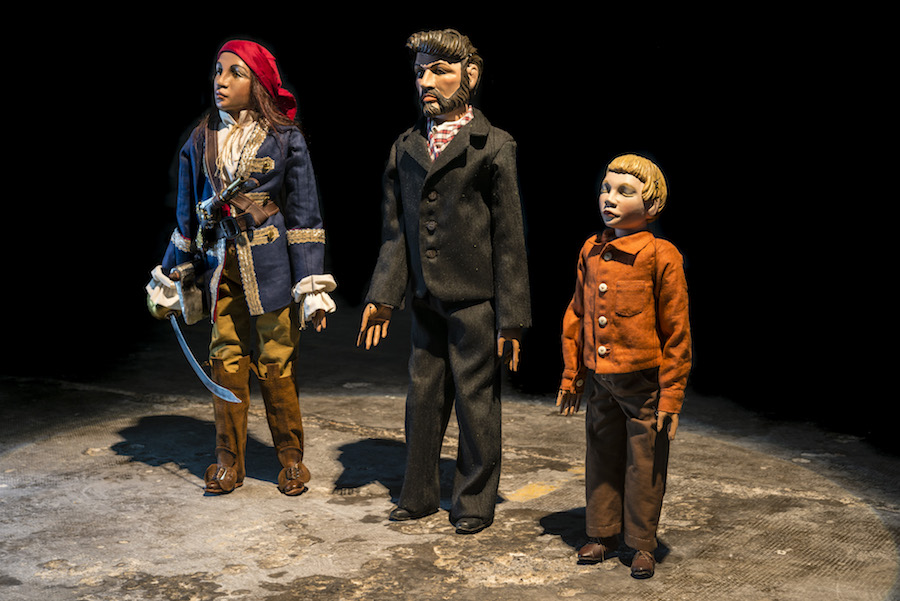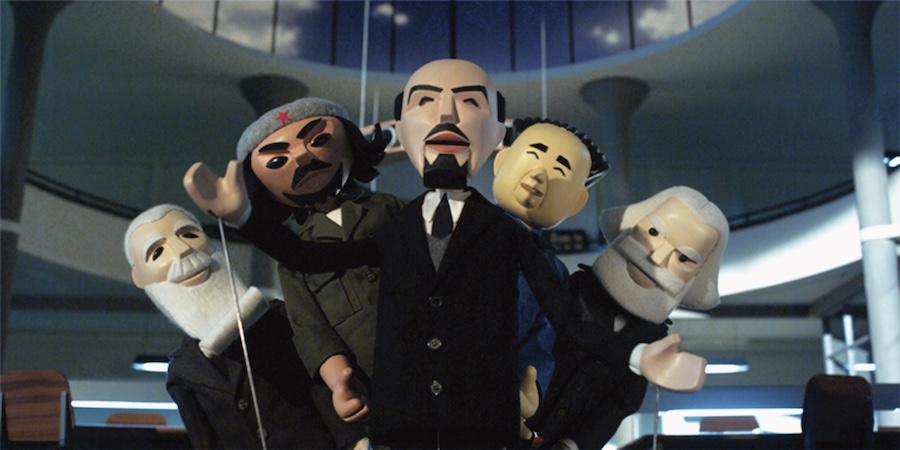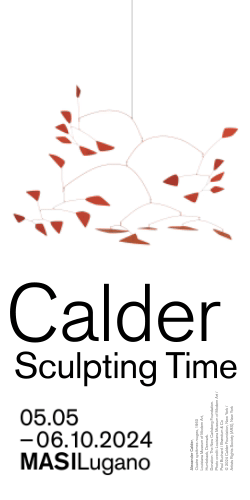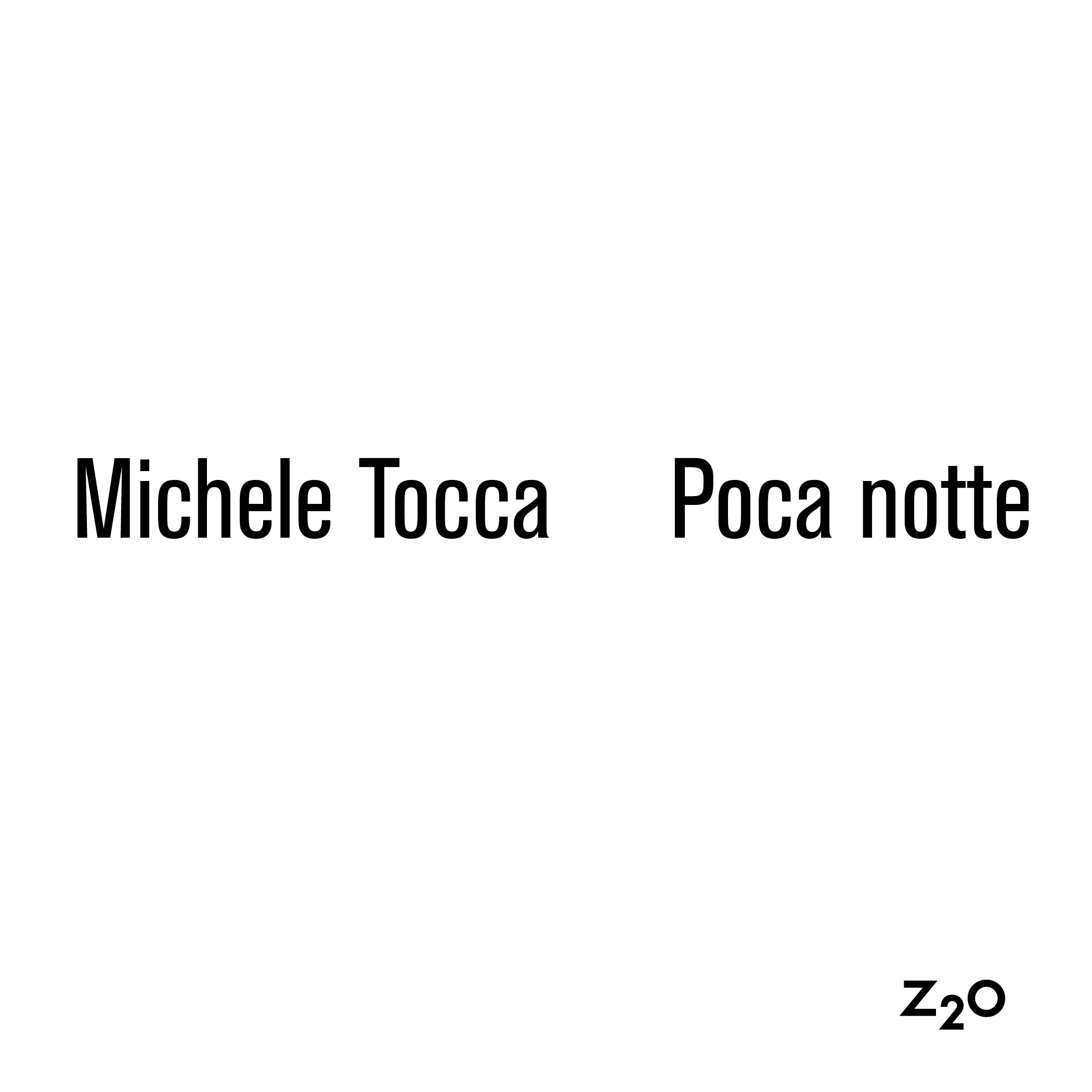[nemus_slider id=”68718″]
—
English text below
La prima edizione di Anren Biennale, dal titolo Today’s Yesterday/ 今日之往昔, avrà luogo ad Anren (Chengdu) dal 28 ottobre 2017 al 28 febbraio 2018. La Biennale raccoglie quattro differenti progetti espositivi di curatori cinesi e internazionali, con la direzione artistica di Lü Peng. I progetti presentati sono:
The Szechwan Tale: Theatre and History curata da Marco Scotini; The Rthetoric of Family Tree curata da Lan Qingwei/ Du Xiyun; Crossroads curata da Liu Ding, Carol Lu Yinghua e A Future That Never Returns curata da Liu Jie / Lu Jing (Rain). (Seguono dettagli e artisti)
La Sezione The Szechwan Tale. Teatro e Storia, curata da Marco Scotini per Anren Biennale, si focalizza sul rapporto tra il teatro (come spazio della maschera) e la storia (nel suo farsi concreto). Due motivi sono all’origine della scelta tematica della sezione. Il primo è il luogo stesso della biennale, il Sichuan, come sfondo fittizio di una delle opere più popolari e mature della drammaturgia di Bertolt Brecht: L’anima buona del Sezuan del 1940. L’altro è il famoso complesso plastico in creta di 114 figure in scala reale ospitato nella città di Anren e dal titolo Rent Collection Courtyard del 1964. In entrambi i casi, e pur nelle differenze, si tratta di un dialogo tra Oriente e Occidente, tra passato e presente che non ha cessato, e non cessa, di trovare nello stesso gioco teatrale (di maschere e smascheramenti) una serie di rimandi, contaminazioni, scambi e proiezioni fittizie o reali. Come è noto, il grande drammaturgo tedesco, pur non essendo mai stato in Cina, ha proiettato molte delle sue parabole sceniche e testi poetici in ambiente cinese, da Linea di condotta (1930) a Il cerchio di gesso del Caucaso (1943-45), a Legend of the origin of the book tao-te-ching on lao-tsu’s road into exile. Oltre a ciò Brecht ha attribuito la sua tecnica dell’“estraniamento” del suo teatro didattico all’arte scenica tradizionale cinese. Dall’altro lato l’opera dell’Accademia di Sichuan, Rent Collection Courtyard, con tutte le sue figure a dimensione naturale e la sua articolazione per scene narrative, unisce procedure plastiche locali con il realismo scultoreo occidentale. Non è un caso che proprio un artista come Cai Guo-Qiangnella Biennale di Venezia del 1999, curata da Harald Szeemann, abbia ricondotto tutto il complesso di Rent Collection Courtyard in Occidente, lasciandolo incompiuto.

Un altro dei motivi, e forse il più importante, che collega L’anima buona del Sezuan con Rent Collection Courtyard, eche costituisce il cuoredell’esposizione curata da Scotini,fa riferimento diretto al contenuto dei due lavori e al gioco dei ruoli che le maschere mettono in scena. Nel caso del dramma brechtiano la protagonista per adempiere alla propria missione di affermazione del bene sociale è costretta ad assumere due ruoli nello stesso personaggio, a scegliere il male per praticare il bene, a passare continuamente da donna a uomo, cambiando maschera in tempo reale, come nella tradizione dell’opera di Sichuan che prende nome Bian Lian. Dall’altra parte il gruppo scultoreo Rent Collection Courtyard è stato una sorta di manifesto della lotta di classe, un diorama della vecchia società che rifletteva lo sfruttamento e la lotta di classe nella campagna cinese, il re-enactment di una serie di scene in cui si passa dalla sottomissione dei contadini miserabili che pagavano le tasse al feudatario fino all’eroica sequenza finale di resistenza e insorgenza.
L’esposizione tratterà tutti questi argomenti all’interno di una sorta di meta-teatro in cui una serie di artisti internazionali e cinesi forniranno una decostruzione degli strumenti della macchina teatrale, quali il pubblico, il sipario, l’attore (l’automa, il puppet, il teatro delle ombre), i costumi e la scenografia (ambiente mutabile e immutabile), il testo e la musica, come metafora di altrettanti fenomeni sociali e del loro carattere storico.
Il curatore si servirà di tecniche teatrali per mettere in scena l’esposizione facendo ricorso a uno dei principali assunti di Brecht per cui il mondo può diventare oggetto della rappresentazione a patto di essere presentato come qualcosa che può essere cambiato.
Artisti: Cornelius Cardew, Céline Condorelli, Chto Delat/What is to be done?, Peter Friedl, Stano Filko, Yervant Gianikian and Angela Ricci Lucchi, Piero Gilardi, Lisl Ponger, Dan Graham, Joan Jonas, Ilya & Emillia Kabakov, William Kentridge, Julius Koller, Mao Tongqiang, Michelangelo Pistoletto, Qiu Zhijie, Pedro Reyes, Santiago Sierra, Sun Xun, Wael Shawky, Jean-Marie Straub & Danièle Huillet, Marko Tadić, Ulla Von Brandenburg, Clemens Von Wedemeyer & Maya Schweizer, Wei Minglun, Yang Yuanyuan, Mei Lanfang and the Russian Proletarian Theatre (research curator Andris Brinkmanis).


Today’s Yesterday – The 1st Anren Biennale
The 1st Anren Biennale will take place from October 28th 2017 till February 28th 2018 in the well preserved town of Anren, Chengdu.
Under the general title Today’s Yesterday, with the artistic direction of art historian Lu Peng, the Anren Biennale brings together four different exhibition projects by Chinese and international curators.
Four curatorial teams will present four different major scale sections:
The Szechwan Tale: Theatre and History — Curated by Marco Scotini
The Section, The Szechwan Tale. Theatre and History, curated by Marco Scotini for the Anren Biennale, focuses on the relationship between the theater (as the space of masks) and history (in the making). There are two motives underlying the origins of the thematic choice of this section. The first is the very location of the Biennale, in Sichuan, as the fictional background to one of the most popular and mature works of the German playwright Bertolt Brecht: The Good Person of Szechwan written in 1940. The other topic is the famous plastic clay group of 114 life-sized figures from 1964 hosted in the city of Anren and entitled Rent Collection Courtyard. In both cases, and despite their differences, they concern the ongoing dialogue, between the East and the West, between the past and the present, around finding in theatrical play (of masks and unmasking) a series of references, contaminations, exchanges and fictional or real projections.
The exhibition will cover all these subjects within a sort of meta-theatre in which a series of international and Chinese artists provide a deconstruction of the tools of the theatric machine, such as: the audience, the curtain, the actors (the automaton, the puppet, the shadow theater), the costumes and the backdrops (a changing and unchanging environment), the text and the music, as metaphors of an equal number of social phenomena and of their historic nature. The curator will use theatrical techniques to put on show the exhibition, using one of Brecht’s principles, by means of which the world can become the object of representation as long as it is presented as something that can be changed.
Artists: Cornelius Cardew, Céline Condorelli, Chto Delat/What is to be done?, Peter Friedl, Stano Filko, Yervant Gianikian and Angela Ricci Lucchi, Piero Gilardi, Lisl Ponger, Dan Graham, Joan Jonas, Ilya & Emillia Kabakov, William Kentridge, Julius Koller, Mao Tongqiang, Michelangelo Pistoletto, Qiu Zhijie, Pedro Reyes, Santiago Sierra, Sun Xun, Wael Shawky, Jean-Marie Straub & Danièle Huillet, Marko Tadić, Ulla Von Brandenburg, Clemens Von Wedemeyer & Maya Schweizer, Wei Minglun, Yang Yuanyuan, Mei Lanfang and the Russian Proletarian Theatre (research curator Andris Brinkmanis).
The Rthetoric of Family Tree — Curated by Lan Qingwei/ Du Xiyun
Based on the what Anren Town encountered during the late Qing dynasty, it will reflect on the track of development of Chinese society since the late Qing, discuss the historical cause of the current situation and foresee the possible problems in the future by an artistic method and perspective. Here , the focus of the exhibition is to demonstrate the cultural family tree based on the perception of different individuals and the unique methodology and aestheticisms of the artists.
Artists: Art Education Group(Zhang Bin,Ye Hongtu), Chen Xi, Fang Lijun, Fengfeng, Gao Brothers(Gao Zhen,Gao Qiang), Guo Wei, He Dan, He Duoling, He Gong, Huang Rui, Hong Lei, Li Bo, Li Luming, Li Yongzheng, Li Zhanyang, Ma Jun, Meng Baishen, Meng Huang, Mu Huan, Jiang Jie, Jing Kewen, Shen Xiaotong, Shu Qun, Sui Jianguo, Wang Guangyi, Wang Jianwei, Wang Yigang, Xie Xiaoze, Xu Bing, Yang Mian, Ye Yongqing, Yue Minjun, Zhan Wang, Zhang Dali, Zhang Xiaotao, Zhang Wenrong, Zhang Wanxin, Zhang Xiaogang, Zhang Zhaoying,Zhou Chunya, Zhu Jia, Zhu Xi.
Crossroads — Curated by Liu Ding, Carol Lu Yinghua
“Crossroads”is presented as a chapter of the first Anren Biennale, responding to the theme of “Today’s Yesterday” as proposed by the biennale’s Artistic Director Lu Peng. “Crossroads” intends to reiterate an irresolvable dilemma. It is not impossible to gain emotional comfort by returning to the past, or to predict the future by detecting signs of historical circles. Neither is moving forward a horizon to count on. The left-wing literary magazine Crossroads founded by Lu Xun and Feng
Xuefeng in December 1931, and the movie Crossroads directed by realist film artist Shen Xiling in 1937, were literary and artistic practices that made attempts at offering emergency solutions to crisis against particular social backgrounds.
“Crossroads” in the first Anren Biennale is neither about “mobilization” nor singling out a commitment to revolution as the absolutely positive outlook. Rather, it is skepticism towards escapes, solutions and the long-termed objectives. Crossroads as we would like to explore in this exhibition is a recognition of and gaze at a situation of confusion and of being in the center yet having no way out.
Artists: Daniel García Andújar, Adam Avikainen, Paul Chan, Yorkson (Yimin Chen), Paul Drissen, Karsten Födinger, Marina Gioi, Jos de Gruyter & Harald Thys, Lukáš Jasanský and Martin Polák, Jia Chun, Stanya Kahn, Inmi Lee, Simon Leung, Lin Gang, Lin Yilin, Lu Zhiqiang, Tomáš Rafa, Grace Schwindt, Yuan Yunsheng
The Phantom Modern (curated by Yongwoo Lee; participated by artists including Jae Oon Rho, SoYoung Kim/Kim Jeong, Jane Jin Kaisen, Kyung- man Kim)
A Future That Never Returns — Curated by Liu Jie / Lu Jing (Rain)
The exhibition section “Future that Never Returns” designs s a virtual perspective of future, and takes a gesture of memory-hunting, clinging to and writing down the maze of contemporary history. Therefore, based on the humanity history and the site-specificity of Anren, following the time-and- space nodes which are closely connected with the modernization in China– such as rise of Western Learning Spreading to the East, this exhibition unfolds the contemporary art’s discussion on “time”.
Artists: Chen Qiulin, Chen Zhe, Feng Li, Li Lang, Li Qing, Liang Shaoji, Liao Fei, Liu Chuanhong, Na Yingyu, Ma Haijiao, Mr.d.mouse(Zhou Hang), Qiu Anxiong, Qiu Hongfeng, Wang Chuan, Wu Ding, Xu Bacheng, Zhang Tianjun












